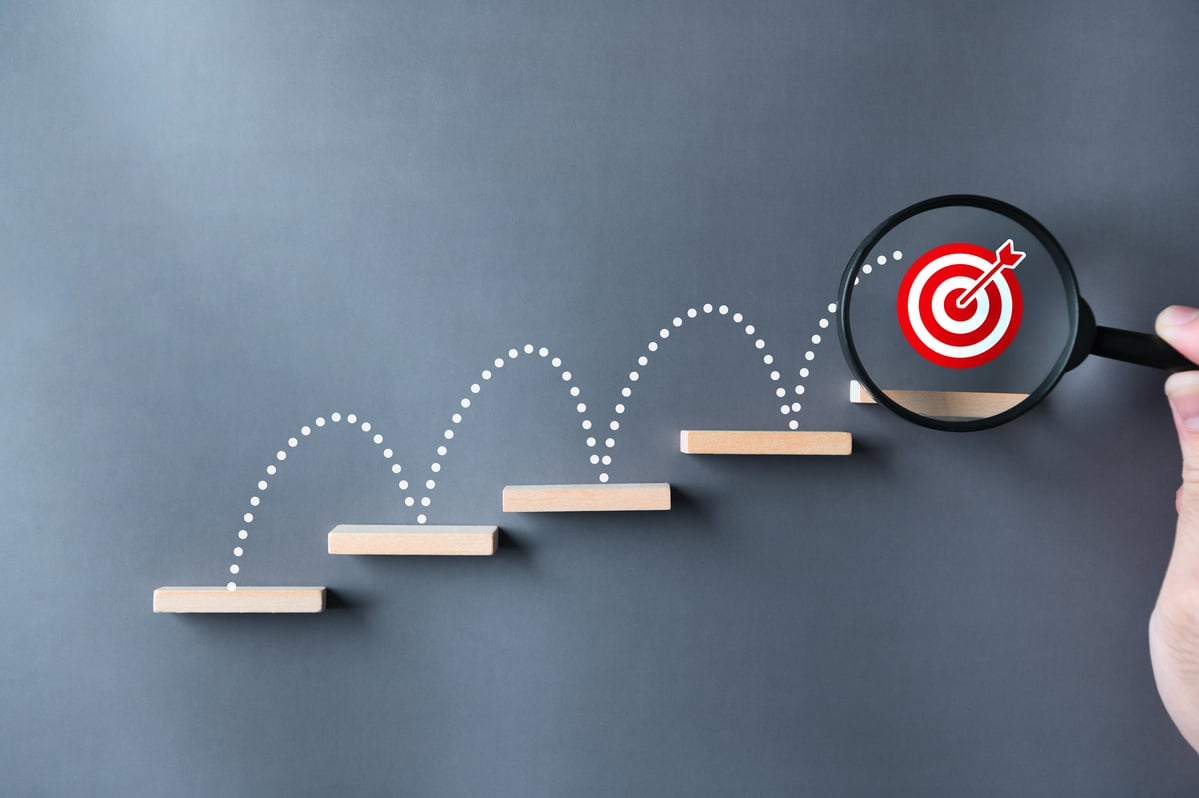Starbucks (SBUX +1.88%) is the largest coffee shop chain in the world, having practically invented the concept. However, it's a good example of how an industry giant can start looking like a dinosaur if it doesn't keep up with the times.
It's not there yet, and it's working on a recovery.
Let's see what's happening now, where it's going, and whether it makes sense to buy Starbucks stock before it reports third-quarter results on July 29.

Image source: Starbucks.
Struggling to stay hot
Starbucks has been through four CEOs over the past four years as it struggles to adapt to a changing landscape. Although it has long considered itself a tech-first company, its systems and processes have not been able to efficiently accommodate long lines of customers and a shift to mobile ordering. Although high demand is a problem every company wishes to have, Starbucks isn't managing it well, and that's leading to lost orders and sales. Its massive fleet of global shops, which number over 40,000 worldwide, has not been armed with modern equipment to handle orders quickly, and its branding appears stale in the face of new competition and shifting trends.
That's a lot for any company, even one as popular and established as Starbucks, and it has faced declining sales and profits over the past few years.
In the 2025 fiscal second quarter (ended March 30), revenue increased 2% year over year, but comparable sales were down 1%. Starbucks opened 213 new stores, which were largely responsible for the revenue growth. Operating margin and income were down substantially from last year, which management attributed to restructuring and costs related to its turnaround strategy. Earnings per share (EPS) decreased 50% to $0.34.
New opportunities brewing
The company poached CEO Brian Niccol last year from Chipotle Mexican Grill, where he had been lauded for its soaring growth and excellent management. Niccol says his "optimism has turned into confidence," and that "if anything, I see more opportunity than I imagined."
He sees a simple roadmap toward success: focusing on the customer, taking care of workers, managing costs, and improving operations. "I know from experience," he said, "the financial results will follow."
Over the past few years, in an effort to meet demands in speed and technology, Starbucks has turned its focus away from being the "third place" -- a real destination for its customers, like their homes and workplaces. Niccol's "Back to Starbucks" strategy returns to that third-place focus, but with greater agility and a more modern image that stresses the company's coffee-farm-to-table atmosphere.

NASDAQ: SBUX
Key Data Points
Starbucks has made progress across many of its objectives. Worker turnover is less than 50% and at a record low, transaction declines are decelerating, and more sales are coming from what Niccol termed "quality transactions."
Some of the actions it has taken are as simple as launching a new shift trading system, which is leading to greater shift completion, greater worker satisfaction, and better customer connections. In stores, Starbucks has expanded its free refill policy and changed to ceramic mugs to encourage longer stays.
Momentum is building
Management declined to provide guidance for the fiscal third quarter, considering a changing operating environment and new strategy, but Niccol gave some color as to how its plan is going in his second-quarter commentary. Here are some highlights:
- In pilot stores, wait time decreased by an average of two minutes, leading to wait times of less than four minutes at peak times for 75% of orders.
- Starbucks is rolling out a new feature on its app to let customers choose pickup times and get more price transparency.
- Taking sugar out of matcha products increased sales by 40% year over year.
- New ads led to a two-year high in customers who name Starbucks as their favorite choice.
The second-quarter update got a big thumbs-up from the market, and Starbucks stock has remained elevated since then. It's not exactly cheap right now, trading at a forward P/E ratio of 32. That means it has a lot to live up to when it reports results on July 29. If it doesn't come through, expect the stock to drop. However, given the company's latest updates, there's plenty of room for optimism.
Regardless of what happens after the report, Starbucks seems able to bounce back and reward shareholders over many years. Not only is it rebuilding its brand, but it also still expects to double its U.S. store count, which gives it a long growth runway. The company also pays a growing dividend that yields 2.5% at the current price.





